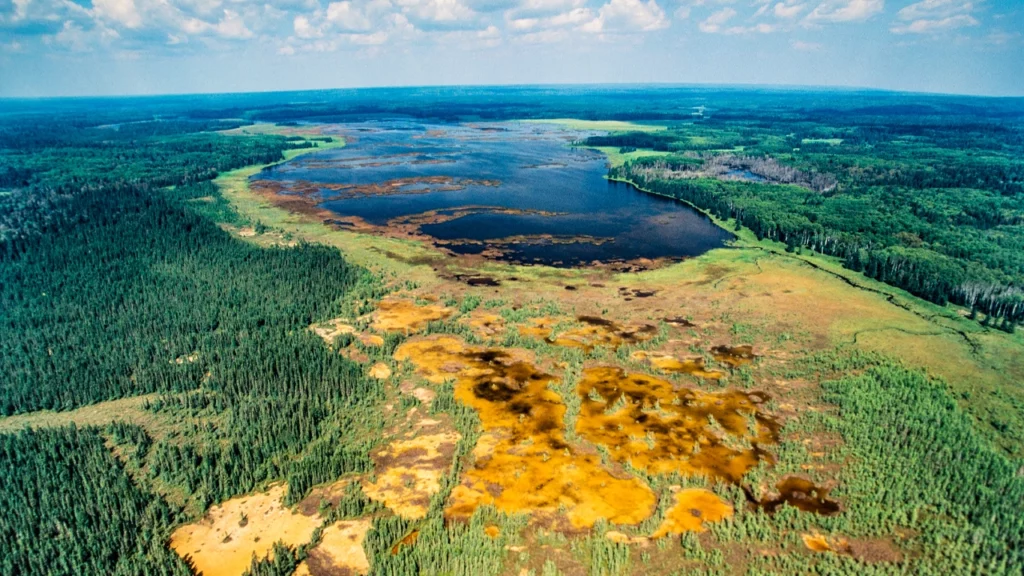Snow Lake Lithium, University of Manitoba collaborate on deposit research

Snow Lake Lithium (NASDAQ: LITM) has entered a collaboration with the University of Manitoba to strengthen the understanding of the lithium deposits in Snow Lake, and to support the development of a framework to help shape Canada’s future minerals and metals strategy.
With demand for electric vehicles growing rapidly, the global automotive and energy storage industries will be competing to access raw materials, especially lithium, which is a crucial component of batteries, says the company, adding that as a global mining powerhouse, Canada is well placed to meet this increasing global demand for critical minerals.
Led by Dr. Mostafa Fayek from the university’s faculty of environment, earth and resources, the two-year research project will provide considerable insights into the company’s critical mineral inventory and most effective exploration strategies to extract lithium from the Snow Lake site in the future.
“The research will provide us with significant information about the mineralogy across our site which, we believe will have a meaningful impact upon the development of our future operations to ensure domestic supply chain and energy security for the North American electric vehicle industry,” Snow Lake Lithium’s CEO Philip Gross commented.
Based in Manitoba, Snow Lake Lithium is currently developing the world’s first all-electric lithium mine to enable domestic supply of this critical resource to the North American electric vehicle industry. Its flagship project covers over 22,000 hectares of land that has only been 1% explored, and contains 11.1 million metric tonnes of indicated and inferred resource at 1% lithium oxide (Li2O) that has been identified to date.
According to the company, the Snow Lake site is ideally located to serve the North American automotive industry with access to the U.S. rail network via the Arctic Gateway railway, which reduces transportation from thousands of miles by road and boat to just several hundred by train.
Over the coming months, Snow Lake Lithium will continue its engineering evaluation and drilling program across its project site, with the expectation that mining operations will transition to commercial production in late 2024.
More News
Australian Prime Minister pledges to set up critical minerals strategic reserve
April 23, 2025 | 04:19 pm
{{ commodity.name }}
{{ post.title }}
{{ post.date }}


Comments